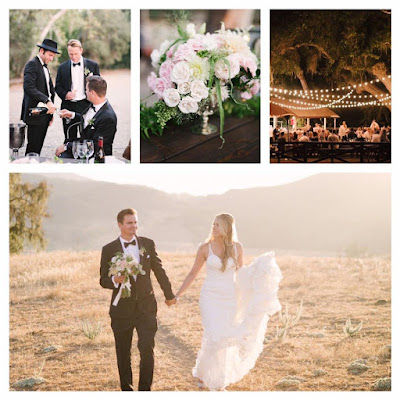6 Steps for Strategic Narrative ("Story Telling") As the Centerpiece of Persuasion for Customer Engagement
 |
| Photo: Yvonne Goll |
This "centerpiece" of persuasion means building relationships by clearly communicating your brand's philosophy, or "higher purpose". The consumer (potential customer) then decides if your values coincide with theirs and if you are their kind of company. This is fabulous, because it means that not every brand and business is designed for every consumer. So the trick is to be true to yourself, do the ground work to figure it out, and then tell your story in such a way that it attracts the consumer best-suited for you and your brand and by doing so, finding your unique niche.
Strategic narrative is more than just your PR and marketing strategy. It starts within in your employee culture and blossoms outward. When all staff are on board with your strategic narrative as it pertains to your mission and company culture, the "story-telling" is then organic to every move every person in your company makes- no matter what their position. Once the foundation is established (Engaging Inspiration makes this part of every training and speaking engagement on Strategic Narrative), then you can focus on your marketing and PR initiatives.
Here are our top tips once you reach the PR/Marketing strategy - based on the initial foundation work you have done to determine who you are, what your image and story are, and how you plan to engage interest in your work:
1. Come up with the overall story - including all visuals and hashtags (we can help with this, or there are programs designed to help) you wish to convey and make a calendar, including all events and specials that complement this story.
2. Make sure you balance story work with a clear story and compelling visuals.
3. Integrate all touch-points so they complement each other.
4. Allow the consumer to become a part of your brand narrative
5. Create an immersive experience through content that is delivered in multi-media and also "multi-sensory", appealing to a broader range of consumers.
6. Ensure it leads to real action.
Over the last year, we have focused on the element of strategic narrative (a.ka.a) "story-telling" as a part of all the training for internal service as well as marketing and PR plans for our clientele, who range from luxury resorts, inns, independent special event businesses, catering companies and more. We have blogged about the top three steps necessary for establishing a foundation of effective story-telling, created content for meeting and training agendas on it, had Special Events International Magazine pick up our work on it, and shared one of the actual activities we have done with one of the clients on our BLOG, based on an activity used by Disney Imagineers to foster innovation with their team members as part of this process.
Whether you are just starting out to question your purpose, mission and brand narrative, or already have it and are wondering how to proceed with your strategic narrative, you are on the right track to helping ensure you have a "centerpiece" of persuasion for customer engagement and potentially more revenue.
_________________________________________________________
Engaging Inspiration offers sparkling marketing, customer service training, social media and PR solutions to the events and hospitality industry, designed to engage and inspire.



Comments
Post a Comment
Thank you for your comment! It is being sent to our Administrator for approval and should be posted publicly for all to see shortly. Thanks for joining the conversation!